According to astronomer Lyman Spitzer’s 1946 paper “Astronomical advantages of an extraterrestrial observatory”, there were two main advantages that a space-based observatory would have over ground-based telescopes. The first advantage was that “the angular resolution (smallest separation at which objects can be clearly distinguished) would be limited only by diffraction, rather than by the turbulence in the atmosphere, which causes stars to twinkle and is known to astronomers as seeing.” The second advantage was that “a space-based telescope could observe infrared and ultraviolet light, which are strongly absorbed by the atmosphere.”
The United Kingdom launched the first orbiting solar telescope in 1962, and in 1968 NASA was firming up plans to launch their own by 1979. Due to funding cuts and red tape, it wasn’t until 1978 when congress finally approved $36,000,000 to fund a space telescope, which was ultimately named after Edwin Hubble, an astronomer “who made one of the greatest scientific breakthroughs of the 20th century when he discovered that the universe was expanding.”
The Hubble Space Telescope was finally set to launch in October 1986, but due to the Challenger disaster earlier that year, all launches were ceased. Space shuttle flights resumed again in 1988, and on April 24, 1990, “shuttle mission STS-31 saw Discovery launch the telescope successfully into its planned orbit.”
The Hubble Space Telescope (HST) is a space telescope that was carried into orbit by the Space Shuttle Discovery in April 1990. It is named after the American astronomer Edwin Hubble. Although not the first space telescope, the Hubble is one of the largest and most versatile, and is well-known as both a vital research tool and a public relations boon for astronomy. The HST is a collaboration between NASA and the European Space Agency, and is one of NASA’s Great Observatories, along with the Compton Gamma Ray Observatory, the Chandra X-ray Observatory, and the Spitzer Space Telescope. [source]
According to Wikipedia, since its launch the Hubble Space Telescope has managed to return images of galaxies billions of light years away. So then consider this: that would mean that the light from some of these distant objects may have been traveling for longer than the earth has been in existence – which is a concept that I find completely mind boggling.
If you ever needed a reminder that our earth was just a tiny part of something much bigger, these Hubble images should do the trick…

This “ribbon” is actually a thin “section of a supernova remnant caused by a stellar explosion that occurred more than 1,000 years ago.“
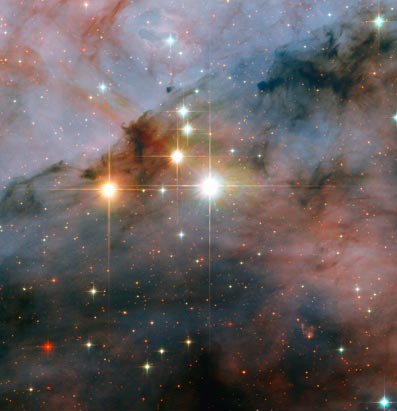
This image shows “a pair of colossal stars, WR 25 and Tr16-244, located within the open cluster Trumpler 16.”
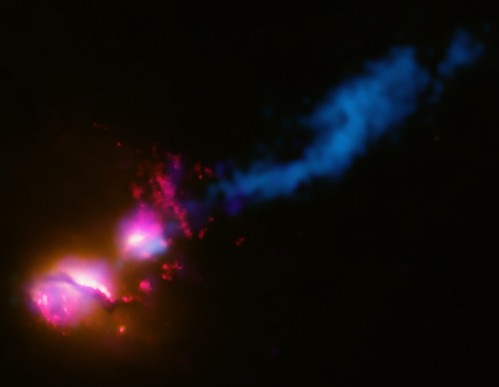 “A powerful jet from a supermassive black hole is blasting a nearby galaxy, according to new results from NASA.”
“A powerful jet from a supermassive black hole is blasting a nearby galaxy, according to new results from NASA.”
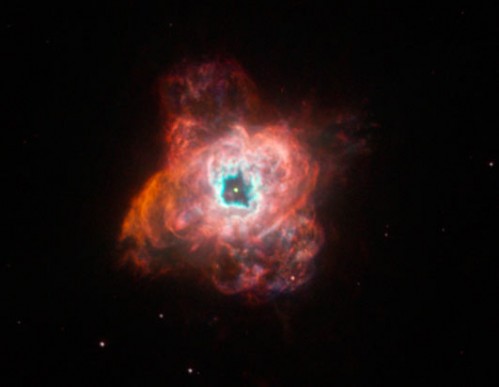
“The colorful, intricate shapes in these NASA Hubble Space Telescope images reveal how the glowing gas ejected by dying sunlike stars evolves dramatically over time.”
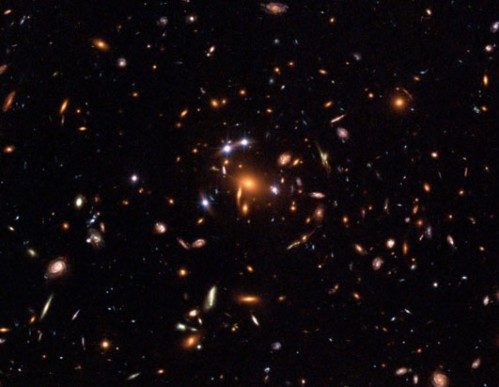
“In 2006, NASA’s Hubble Space Telescope captured the first ever picture of a group of five starlike images of a single distant quasar.”
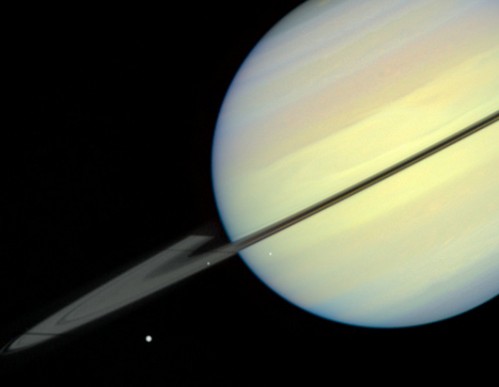
“Three of Saturn’s moons appear as white dots, circling the giant ringed planet in stately procession. Take note of two straight lines across Saturn’s rings. Those are shadows of two of the moons.”
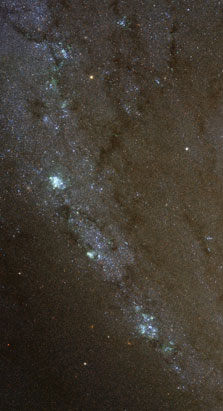
“An “arm” of the spiral galaxy M81. Brighter parts of this picture are believed to be regions where young stars form”
These images are amazing, aren’t they?
And you can find many more when you look at ABC News’ Hubble slide show.
Link: Hubble Captures Stunning Views of Mammoth Stars
